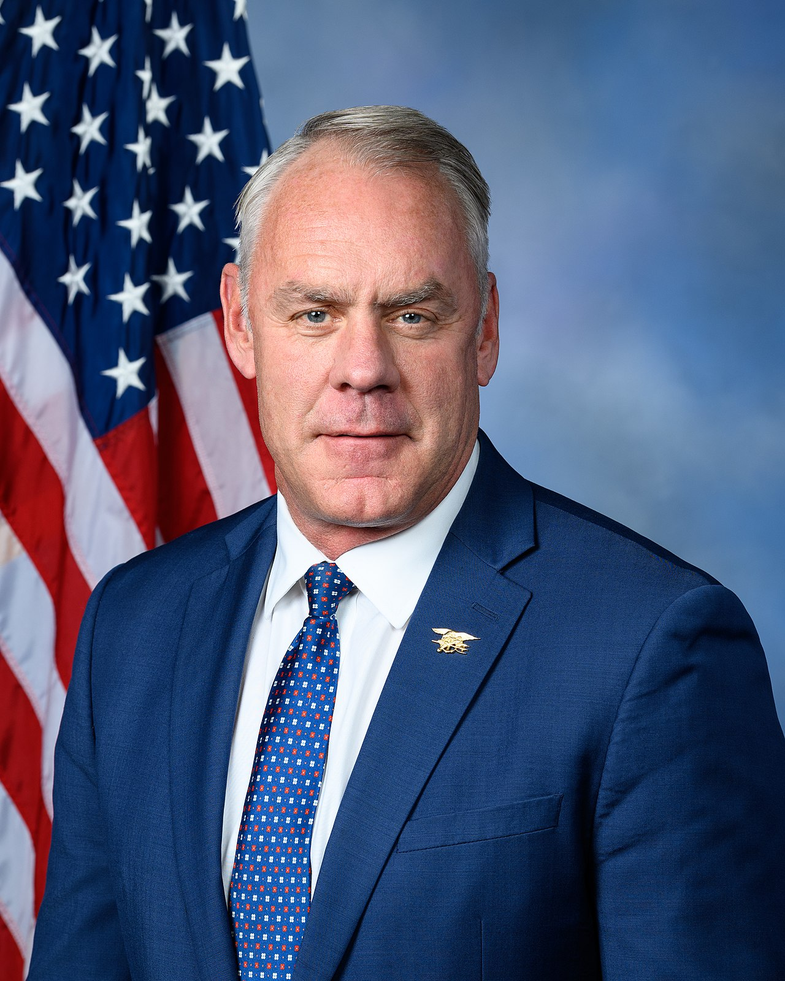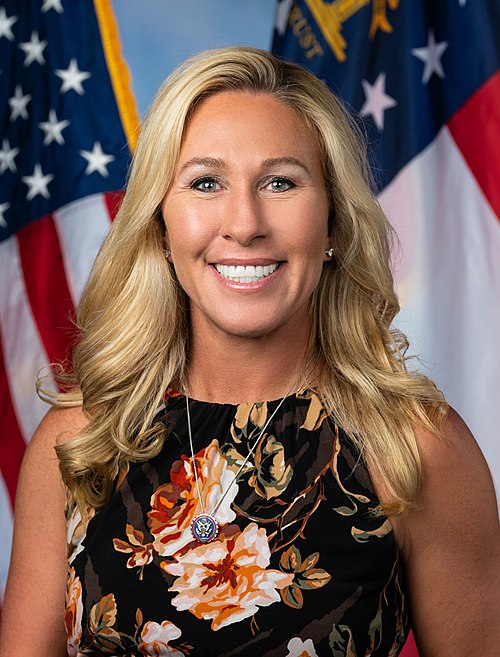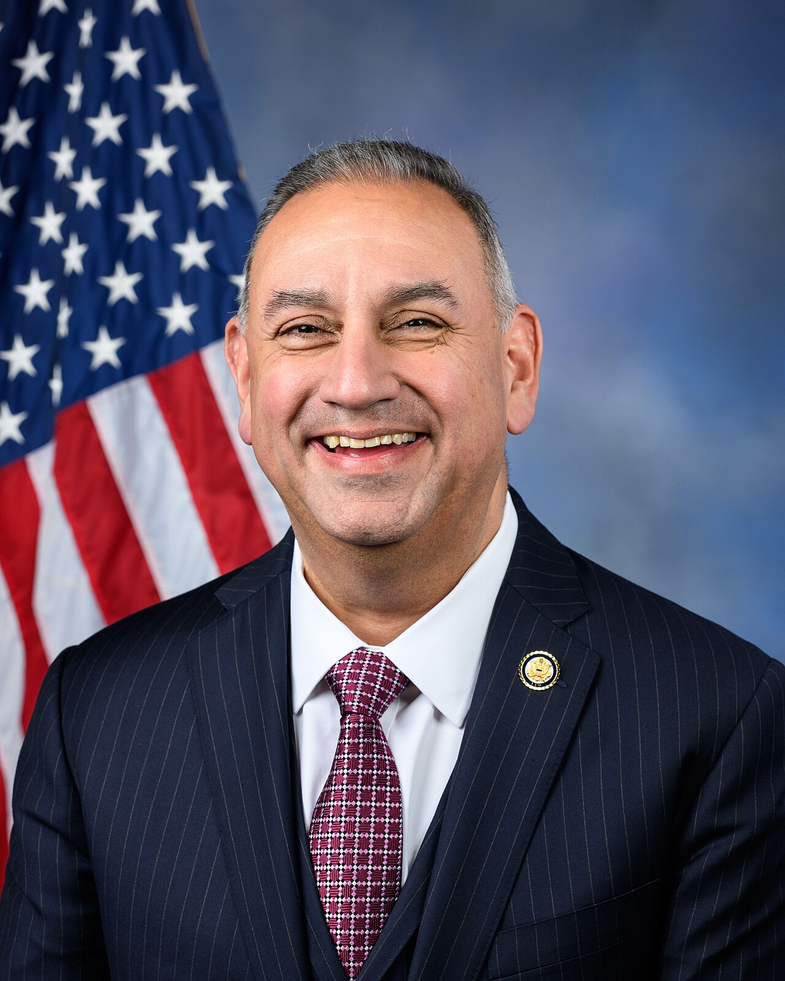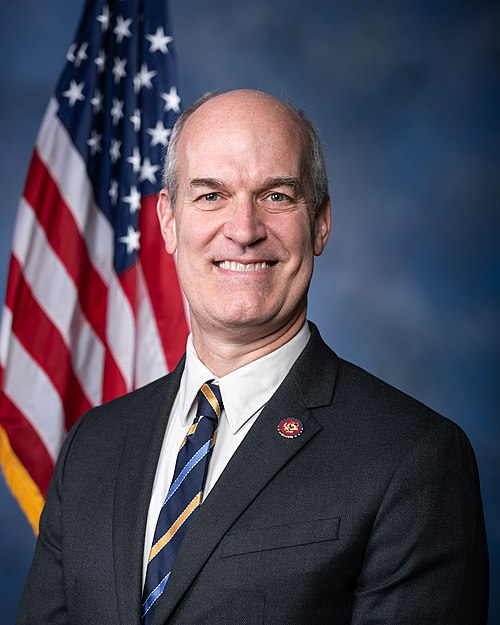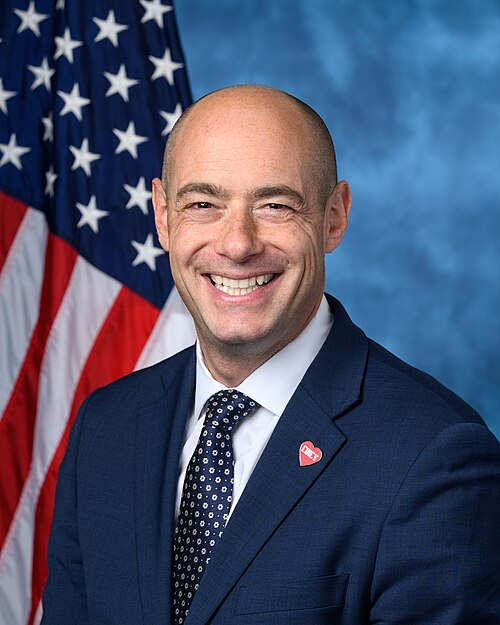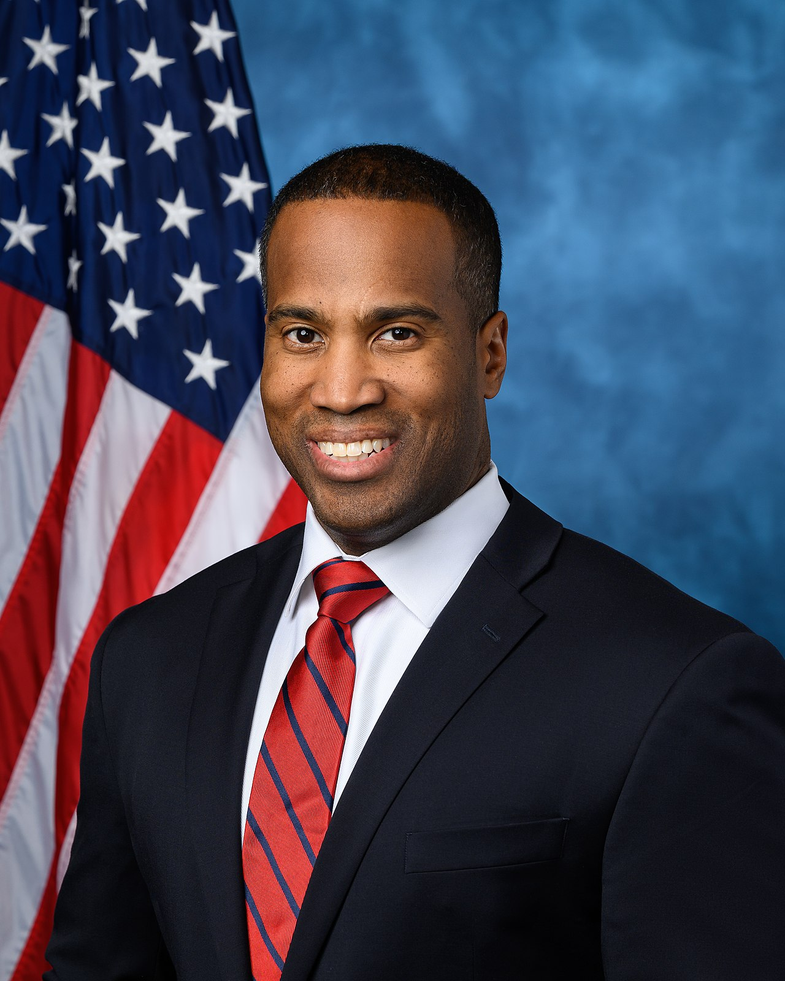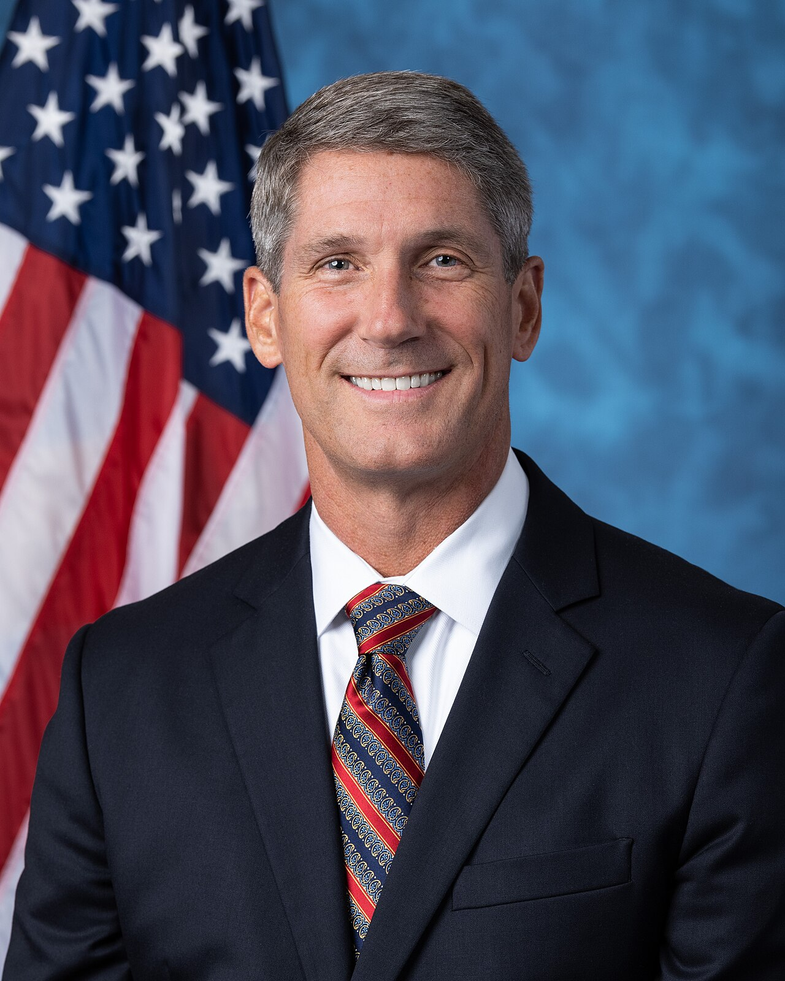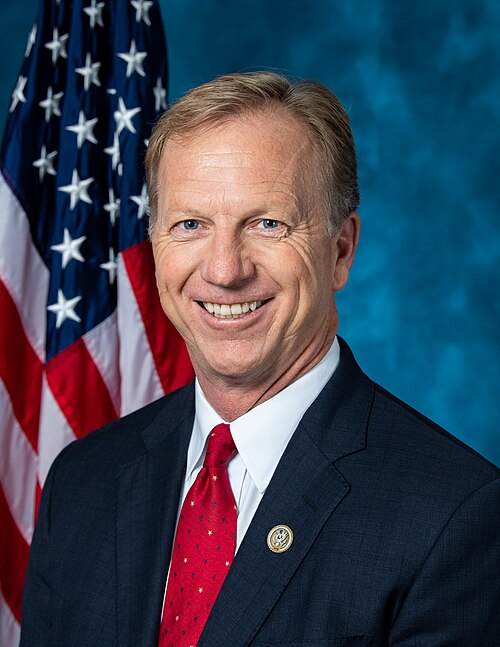H.R. 5102: Greater Yellowstone Recreation Enhancement And Tourism Act
This bill, known as the Greater Yellowstone Recreation Enhancement And Tourism Act, proposes several key actions regarding the management and protection of river segments in Montana's Greater Yellowstone Ecosystem. Here’s a breakdown of its main components:
Designation of River Segments
The bill amends the Wild and Scenic Rivers Act to designate specific segments of the following rivers and their tributaries within the Greater Yellowstone Region as components of the National Wild and Scenic Rivers System:
- Madison River: An approximately 42-mile section from Cabin Creek downstream.
- Gallatin River: A segment of about 39.5 miles from the Yellowstone National Park boundary downstream.
- Hyalite Creek: A 4.6-mile segment from its source in the Gallatin Range downstream.
- Cabin Creek: A 7.3-mile section from its source in the Madison Range downstream.
- Middle Fork of Cabin Creek: A 5.1-mile segment from source to confluence with Cabin Creek.
Purpose of the Bill
The primary aim of the legislation is to preserve and protect the remarkable natural values of these rivers for current and future generations. Among the factors considered are the rivers' roles in recreational opportunities, cultural significance to Indian tribes, and the economic benefits generated through tourism and related activities.
Economic and Recreational Importance
The bill highlights that recreational activities associated with these river segments contribute significantly to the local economy, generating billions of dollars annually through recreation such as fishing, hiking, and camping.
Protection of Water Rights and Land Ownership
The bill stipulates that existing valid water rights—whether federal, Tribal, or state—will not be affected by this designation. Furthermore, any acquisition of land or interest in land for protection purposes requires the consent of the landowner, safeguarding private property rights.
Impact on Existing Infrastructure
It allows for the maintenance and improvement of existing infrastructure, such as roads and bridges, while ensuring that public access to these river segments is preserved. This balance aims to respect historical land uses and enable emergency responses when necessary.
Hydropower and Other Developments
The bill clarifies that the designation of these river segments will not alter the operations of existing facilities like the Hebgen and Madison Dams, nor will it impede future hydropower development opportunities at these sites. It maintains that current permitting and licensing processes for hydropower will continue under existing regulations.
Funding and Implementation
Lastly, the bill authorizes appropriations to cover the costs of its implementation, ensuring that the necessary funds are available to carry out the objectives of the Act.
Relevant Companies
- NEE (NextEra Energy): The bill's impact on hydropower may influence operations related to water use and dam management.
- DUK (Duke Energy): Similar to NextEra, Duke Energy's hydropower projects could be affected by regulations stemming from the Act.
This is an AI-generated summary of the bill text. There may be mistakes.
Sponsors
1 sponsor
Actions
2 actions
| Date | Action |
|---|---|
| Sep. 02, 2025 | Introduced in House |
| Sep. 02, 2025 | Referred to the House Committee on Natural Resources. |
Corporate Lobbying
0 companies lobbying
None found.
* Note that there can be significant delays in lobbying disclosures, and our data may be incomplete.
